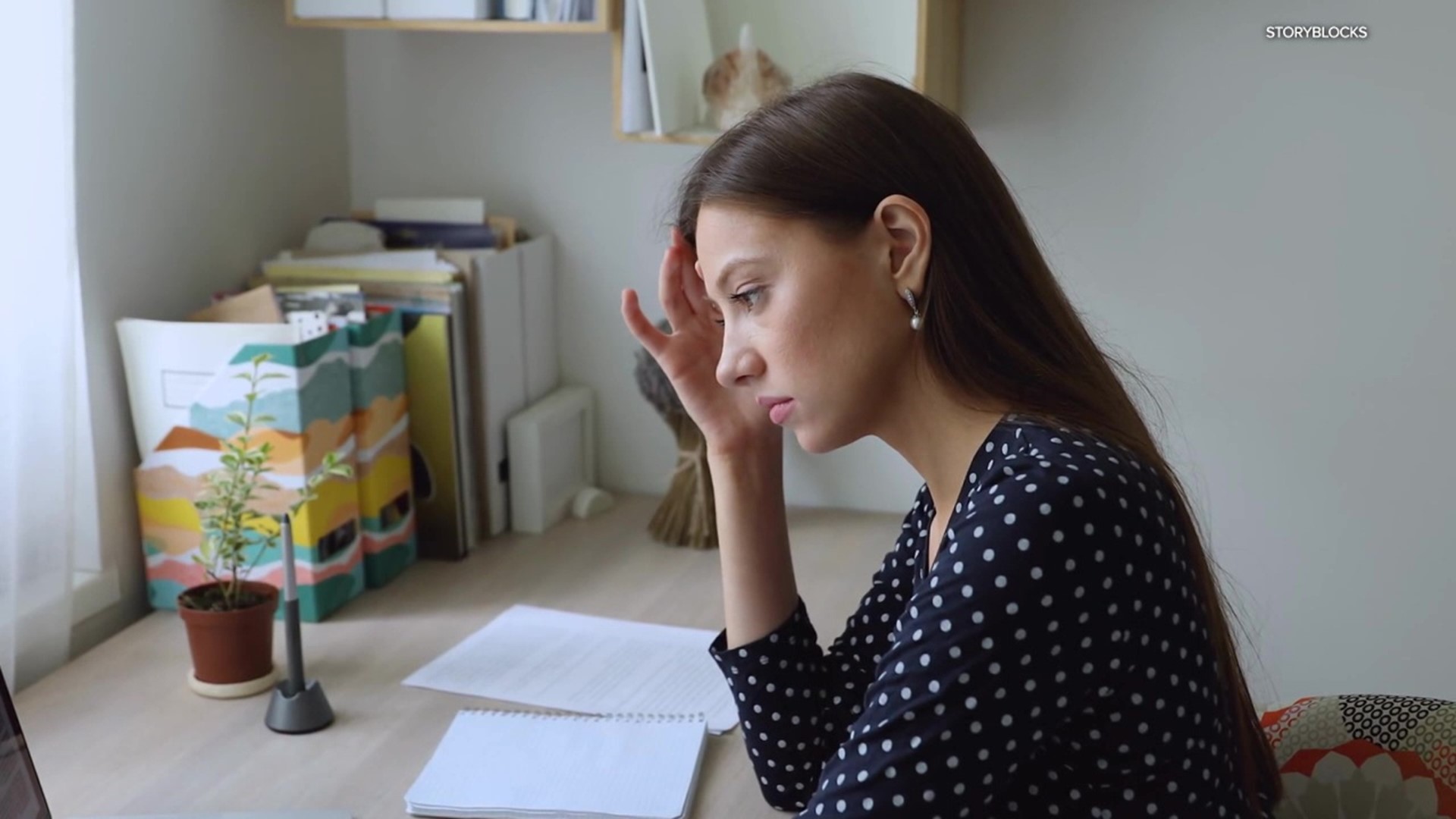DANVILLE, Pa. — Seasonal Affective Disorder, or SAD, is a type of depression that has a seasonal pattern.
"Typically, that seasonal pattern is the winter months where we have less sunshine, longer, darker days, and we're especially susceptible to that in northeast Pennsylvania, given our weather patterns," explained Dr. Kylie Oleski, a psychologist with Geisinger.
Dr. Oleski says that typically people who experience seasonal affective disorder start seeing those changes around the end of Daylight Saving Time when we have less daylight.
"We are very much heading into that season from November probably into February, March, right into when we make that change again. It could be a period anywhere from four to six months, depending on the person."
Dr. Oleski says Seasonal Affective Disorder goes beyond the "winter blues." If someone is experiencing SAD, most of the normal symptoms of depression are present.
"Lack of motivation, low energy, there could be appetite disruption, sleep disruption, sometimes feelings of guilt without any specific reason, lower self-esteem and really just feeling down and sad."
There are a few things we can do. Therapy is a proven treatment, as well as becoming more physical.
Dr. Oleski also suggests light box therapy.
"It involves a very bright light that a person would expose themselves to in their office or their home for a few hours a day. The idea is to try to obtain some of that natural light that we're missing because we don't have as much sunshine."
You can find more information and suggestions on overcoming SAD from Geisinger experts by clicking HERE.

